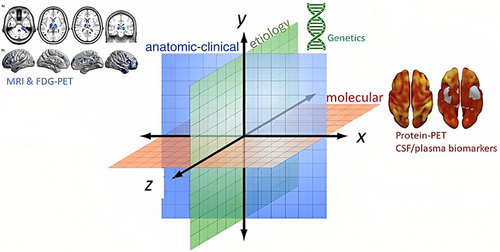Many studies suggest oxidative stress as an early feature of Alzheimer's Disease (AD). However, evidence of established oxidative stress in AD peripheral cells is still inconclusive, possibly due to both, differences in the type of samples and the heterogeneity of oxidative markers used in different studies. Here we measured the activity of Superoxide Dismutase, Catalase and Glutathione Peroxidase both in the extracellular and the intracellular blood compartments of AD, MCI and control subjects. The amount of an open isoform of p53 protein (unfolded p53), resulting from oxidative modifications was also determined. Decreased SOD, increased GPx activity and higher p53 open isoform were found in both AD and MCI plasma compared to controls. In blood peripheral mononuclear cells, SOD activity was also decreased in both AD and MCI, and unfolded p53 increased exquisitely in younger AD males compared to controls. Overall, these data highlight the importance of considering both extracellular and intracellular compartments, in the determination of antioxidant enzyme activities as well as specific oxidation end-products, in order to identify peculiar systemic redox alterations in AD pathology.
Reference: Arce-Varas N, Abate G, Prandelli C, Martínez C, Cuetos F, Menéndez M, Marziano M, Cabrera-García D, Fernández-Sánchez MT, Novelli A, Memo M, Uberti D. Comparison of extracellular and intracellular blood compartments highlights redox alterations in Alzheimer's and Mild Cognitive Impairment patients. Curr AlzheimerRes. 2016

